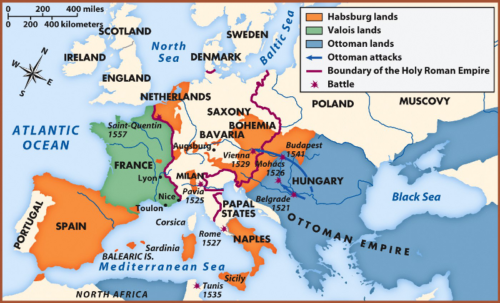Early Adulthood
In 1515 Frederick ΙΙΙ’s son & heir to the throne of the Empire, Maximilian I, holds the First Congress of Vienna which stands out as a turning point in the history of Central Europe. Due to its commitments, the Habsburg dynasty managed to cement its power in the region especially after 1526, when Maximilian I’s grandson Ferdinand I, became the heir to the kingdoms of Bohemia & Hungary.
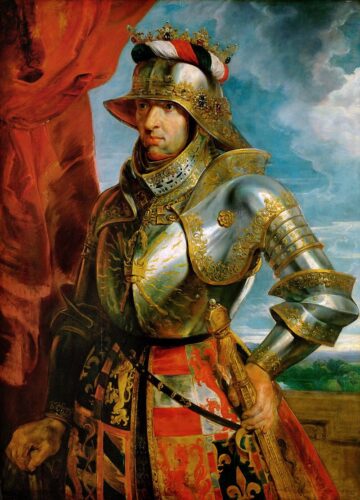


The election of Ferdinand I as king of Hungary brought a discontent into a faction of Hungarian nobility that after two lost battles in 1527 and 1528 appealed to the Ottoman Sultan Suleiman the Magnificent for support. In 1529 Suleiman took advantage of the Hungarian support by launching a massive campaign against Ferdinand I and his capital. The Ottoman siege of Vienna mobilized a significant amount of help from local farmers, peasants & civilians to a variety of European mercenaries, namely German pike-men & Spanish musketeers sent by Charles V, head of the Empire & Ferdinand I’s brother.
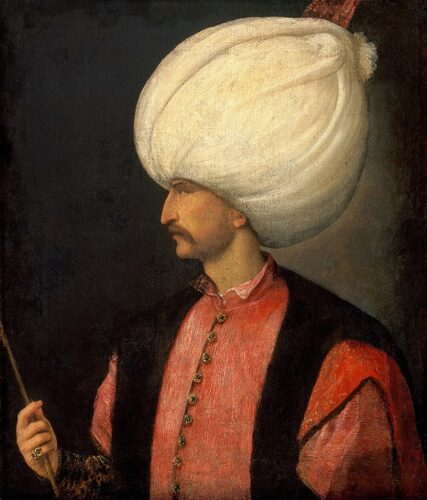

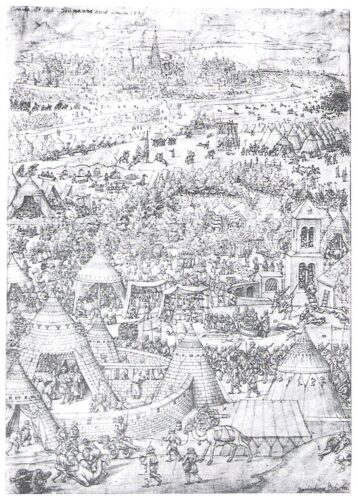
In the Spring of 1529 a vast army of more than 120.000 (some sources claim the number was twice as that), Ottomans, enslaved Greeks, Serbs, Bulgarians and others who had already succumbed to the military might of the Sultan started their march from Ottoman Bulgaria. By September Buda (Budapest) had already fallen. By late September the city’s defenders, had already dismissed the Sultan’s proposal to surrender. It was a wise decision given the poor condition of the Ottoman army after a long advance from the Balkans all the way to the Austrian territory. Shortage of food and supplies, sickness and desertions, but most of all the lack of heavy guns that had to be left behind due to softened by heavy rains ground which had been turned into a sinking mud, Suleiman and his fierce army failed to take Vienna in one of the most crucial turns in European history.
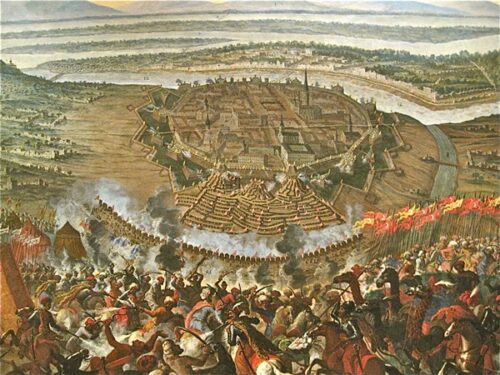

Although the Ottomans didn’t succeed in what would be their greatest conquest after Constantinople, they did however manage to extend their rule into the lands of central & southern Hungary becoming in that way a new permanent threat on the flanks of Vienna & the Holy Roman Empire.
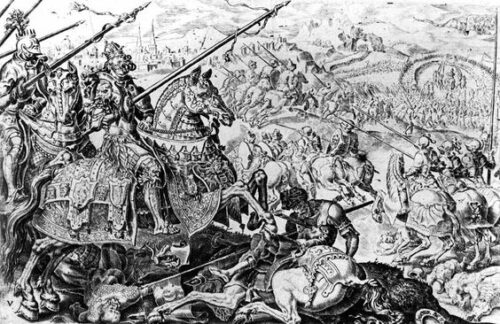
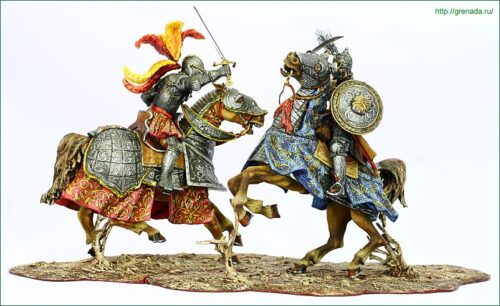
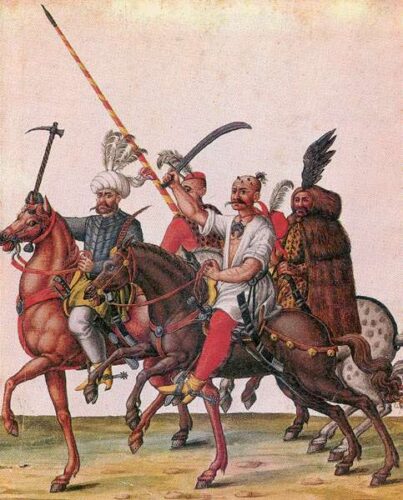
In 1556 Vienna became the seat of the Emperor again when Ferdinand I took over in the place of his brother Charles V in a time when the Habsburg rule extended over the greatest part of Central Europe, Spain & Italy.

